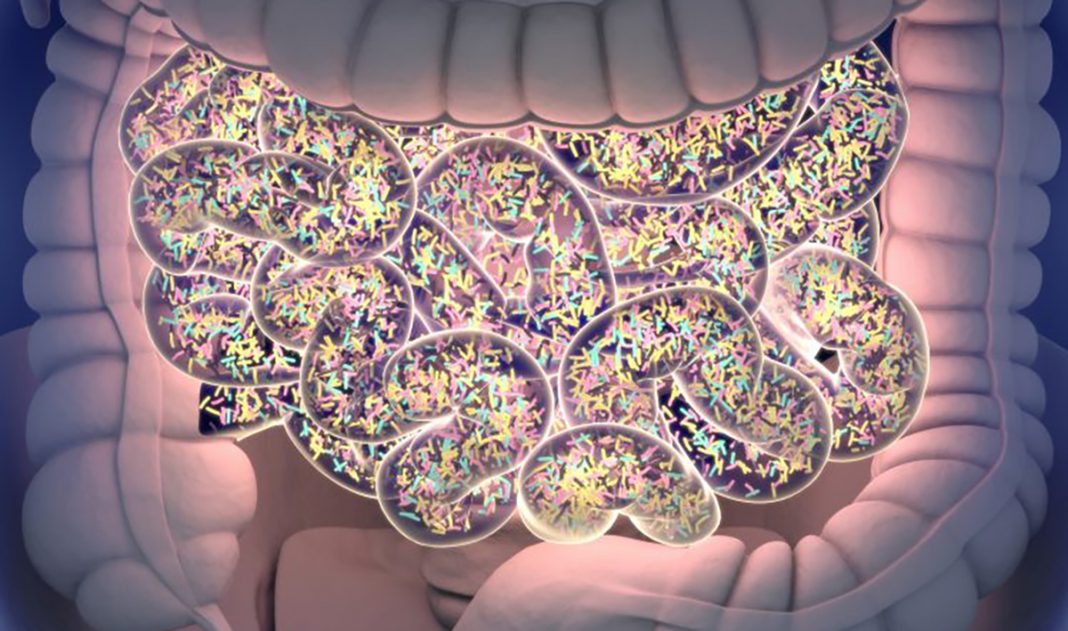American writer and novelist Pearl S. Buck said, “If you want to understand today, you have to search yesterday.” Now researchers have put this to action when it comes to the gut microbiome. Joslin Diabetes Center scientists report they have discovered dramatic differences between gut microbiomes from ancient North American people and modern microbiomes. These findings take a look at how these microbes may have evolved.
Their findings are published in the journal Nature in a paper titled, “Reconstruction of ancient microbial genomes from the human gut.”
“Previous studies have shown that industrial lifestyles are correlated with both a lower diversity in the gut microbiome and increased incidence of chronic diseases, such as obesity and autoimmune diseases,” wrote the researchers. “Examining our ancestral gut microbiome may provide insights into aspects of human–microbiome symbioses that have become altered in the present-day industrialized world.”
The researchers analyzed microbial DNA found in indigenous human paleofeces from dry caves in Utah and northern Mexico. Performing genomic analysis more broadly and deeply than previous studies on ancient human gut microbiomes, the study was the first to reveal novel species of microbes in the specimens, according to Aleksandar Kostic, PhD, Joslin assistant investigator, assistant professor of microbiology at Harvard Medical School, and senior author of the study.
The researchers wondered what would a healthy human microbiome look like before the effects of industrialization? “I’m convinced that you can’t answer that question with any modern living people,” explained Kostic, who pointed out that even tribes in extremely remote regions of the Amazon are contracting COVID-19.
Steven LeBlanc, an archeologist formerly with Harvard’s Peabody Museum of Archaeology and Ethnology, proposed microbial DNA found in human paleofeces samples that museums have collected from arid environments in the North American Southwest.
“Here we performed a large-scale de novo assembly of microbial genomes from palaeofaeces,” noted the researchers. “From eight authenticated human palaeofaeces samples (1,000–2,000 years old) with well-preserved DNA from southwestern USA and Mexico, we reconstructed 498 medium- and high-quality microbial genomes. Among the 181 genomes with the strongest evidence of being ancient and of human gut origin, 39% represent previously undescribed species-level genome bins.
“Tip dating suggests an approximate diversification timeline for the key human symbiont Methanobrevibacter smithii. In comparison to 789 present-day human gut microbiome samples from eight countries, the palaeofaeces samples are more similar to non-industrialized than industrialized human gut microbiomes.”
“In ancient cultures, the foods you’re eating are very diverse and can support a more eclectic collection of microbes,” Kostic speculated about the striking differences. “But as you move toward industrialization and more of a grocery-store diet, you lose a lot of nutrients that help to support a more diverse microbiome.”
The ancient microbiomes also had higher numbers than the modern industrial microbiomes of transposases.
“We think this could be a strategy for the microbes to adapt in an environment that shifts a lot more than the modern industrialized microbiome, where we eat the same things and live the same life more or less year-round,” Kostic says. “Whereas in a more traditional environment, things change and microbes need to adapt. They might use this much larger collection of transposases to grab and collect genes that will help them adapt to the different environments.”
Observing the lineage of the common bacteria Methanobrevibacter smithii in the ancient samples, the researchers discovered its evolution was consistent with a shared ancestral strain that dates back to when humans first migrated across the Bering Strait into North America. “These microbes, just like our own genomes, have been traveling with us,” Kostic added.
The researchers performed far deeper sequencing of DNA than what was achieved in previous efforts, at least 100 million reads, with 400 million reads of DNA for one specimen. Looking toward the future, they plan to expand their studies to other ancient microbiome specimens to better understand the physiology of these microbes.
These findings shed a light on the evolutionary history of the human microbiome, and may aid in our understanding of the role of the microbiota in health and disease.







